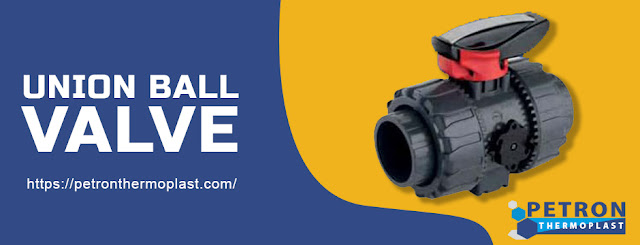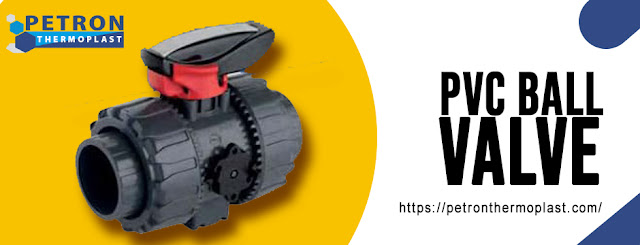Using PVC true union ball valves to start and stop flow in a system is a simple technique. True union valves come with a carrier that may be removed from the piping system. As a result, you can save precious time and money by fixing or replacing the carrier without taking the entire system apart.
The Balls Are Versatile
The ball valves are versatile. With just a 90-degree rotation of the handle, they may be switched between an "on" and "off" position that fully stops the fluid flow. The inside of the valve has a Semi-Spherical form, thus the word "ball." This prevents the interior of the valve from being harmed by fluid striking against a flat surface and causes the pipeline pressure to decrease gradually. This valve has numerous components because it is referred to as a "true union."
Here Petron Thermoplast will guide you on Union valves and their applications.
Irrigation System
The most popular application for PVC union ball valves is drip irrigation systems. These systems frequently water various plants and vegetables in a sizable backyard garden. If there were no valves, the amount of water applied to each product type would be the same. A true union ball valve can be positioned precisely at the start of each row if the irrigation is set up in rows, one over each type of plant or vegetable. This implies that when some rows don't need watering, the water flow can be stopped. Thanks to this, you can further personalize and exert more control over your irrigation system and garden.
Hose Extensions
A hose is frequently connected to a sprinkler or other hose extension in PVC constructions. Although they can be annoying, these projects are really helpful for maintaining a lawn or creating entertaining sprinklers for kids to play with. Walking to and from the fixture can be a bother to turn on and off the water. Placement between a PVC hose adapter and a PVC structure is used for true union ball valves. This implies that you may keep the water running while letting water flow through the system by simply opening and closing the valve.
Gas Lines
Few people know that ball valves may be used for gas, but as long as they are rated WOG (water, oil, and gas), there won't be any issues! An outdoor cooking station or barbeque pit is one application for this, such as a gas line. It is crucial to be able to manage the flow of gas while undertaking a project like this! Utilizing a flow meter and a true union ball valve will ensure you know how much gas you are using. As a result, you will have control over the gas flow and can be sure that no gas is leaking.




.jpg)





